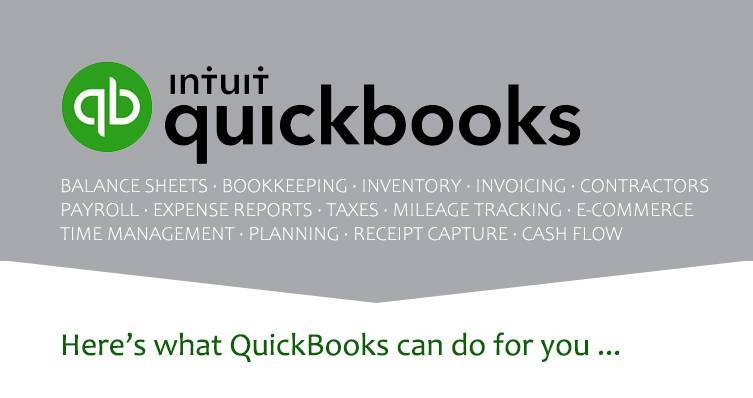
If your business sells products, you already know the importance of tracking numbers. Keeping your stock at the right levels means that you shouldn’t run out of items, and you also won’t have a lot of money tied up in products that aren’t selling. It’s a delicate balance.
Even though you probably have a sense of what’s hot and what’s not just from fulfilling orders, you shouldn’t have to rely on guesses. You need real numbers so that you know when to reorder and when to discount — and discontinue — items that aren’t selling.
A popular solution to inventory problems is QuickBooks, which:
- allows you to create records for the products you sell
- keeps a real-time running tally of your item levels and alerts you when they’re running low
- generates specialized reports so you can get a detailed snapshot of your inventory at any time
Getting started
Before you begin setting up an inventory system, make sure QuickBooks is ready. Open the Edit menu and select Preferences, then Items & Inventory. If you’re the software administrator, you can access the options that appear when you click the Company Preferences tab.
Click the box in front of Inventory and purchase orders are active if it’s not already checked. If your version of QuickBooks supports sales order and purchase orders, select the options you want for the next two lines. Select When the quantity I want to sell exceeds Quantity Available in case you have items that are committed to assembles, for example. When you’re done, click OK.
Building product records
Even if you don’t have a lot of inventory, it’s a good idea to create a record for each item you sell so you always know where you stand. You don’t want to have to count or hunt for a unique product every time you fulfill an order. If you come up short and can’t complete a sale, you may lose that customer to a competitor who can.
Open the Lists menu and select Item List. Once you’ve created records, they’ll appear in this table. Click the down arrow next to the Item field in the lower left corner and select New. In the upper left corner of the window that opens, select Inventory Part for the Type so QuickBooks knows to track it.
Here’s one scenario: Let’s say you’re buying bracelets in volume from a wholesaler and reselling them. If you’re assembling a product that requires multiple parts, that requires more detailed records. But the process doesn’t have to be complicated.
Enter an Item Name/Number. The next two fields are optional. Now, enter the Purchase Information and Sales Information, starting with descriptions for transactions. Then, how much did you pay for them, and at what price will you sell them? The default COGS Account should be fine, and you can select a Preferred Vendor if you’d like. Be sure to select a Tax Code (if you need to collect sales tax and aren’t yet prepared, we can walk you through the process). The Income Account should be Retail Sales for this example.
The fields under Inventory Information are important. The default Asset Account should be correct. Enter the minimum Reorder Point and the number of this item you currently have On Hand. QuickBooks will calculate the Total Value of your stock. When you’re finished, click OK.
Built-in safeguards
How does QuickBooks keep you from selling inventory items you don’t have? That’s easy. It’s unlikely, but let’s say someone really likes those multicolor beaded bracelets you’re selling and thinks he or she could sell them for more and make a bigger profit. They want to order 120 of them.
There are two ways QuickBooks warns you about the potential issue. The first is a simple pop-up dialogue box that alerts you about insufficient supply. Second, if you get an unusually large order, you can consult QuickBooks’ Inventory Stock Status by Item report to get a real-time count (Reports | Inventory).
More inventory tracking power
QuickBooks does a good job of tracking inventory items. It’s up to you, though, to keep an eye of how everything is selling and determine your future purchasing habits. Other reports may be able to help you here, like Sales by Item Detail.
© 2023 KraftCPAs PLLC
KraftCPAs can help.
Call us at 615-242-7351 or complete the form below to connect with an advisor.